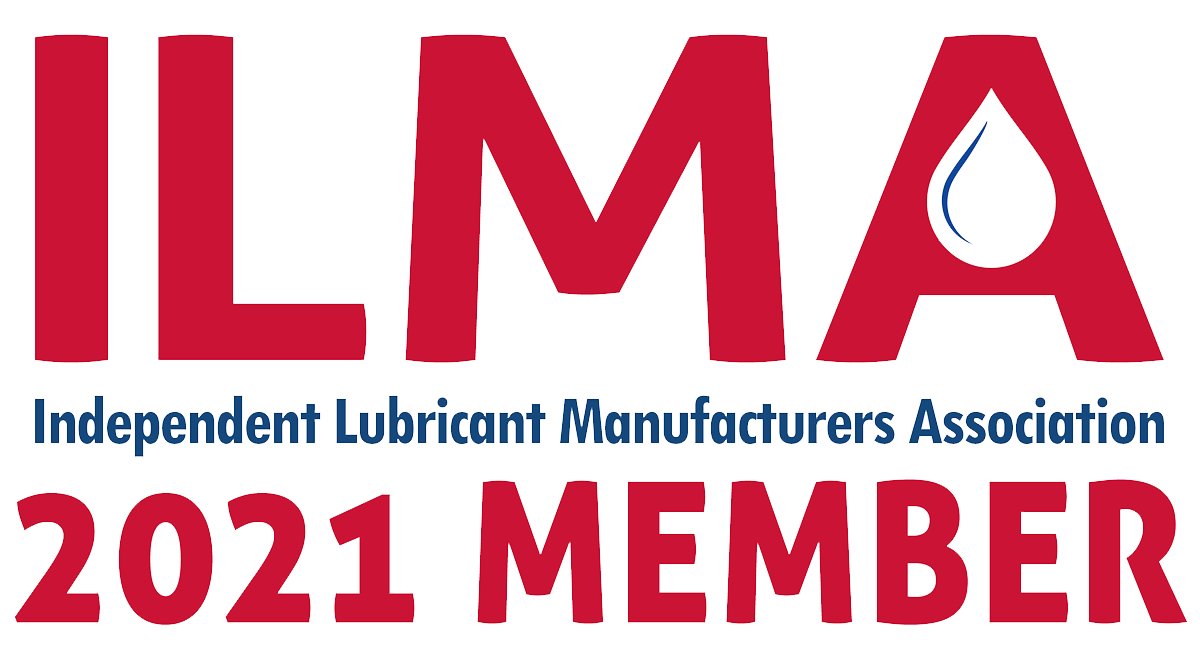 While autonomous vehicles are drawing news coverage and wowing trade show attendees everywhere, a future of driverless cars and robotic busses is much farther off than the headlines would have you believe.
While autonomous vehicles are drawing news coverage and wowing trade show attendees everywhere, a future of driverless cars and robotic busses is much farther off than the headlines would have you believe.
While many vehicle manufacturers are looking towards the future with intriguing concept vehicles and self-driving cars have hit the road in a few cities, numerous challenges still stand in the way of large scale automation that would drastically impact consumers or fleet owners.
“If fleet operators are concerned about the next five years, they shouldn’t be,” Bern Grush, founder of Grush Niles Strategic and author of “The End of Driving: Transportation Systems and Public Policy Planning for Autonomous Vehicles,” said. “Nothing is going to happen in the next five years. There are going to be tests and announcements and discussions in the news or demonstrations at tradeshows, but none of that is going to affect the actual work of fleets for the next several years. Automation is coming, but it’s much more difficult than we are letting on.”
Related: Automotive Industry Showcases New Tech at 2019 Consumer Electronics Show
While autonomous vehicle technology has improved by leaps and bounds, little has been done in terms of urban planning to accommodate an influx of these vehicles. Regulatory challenges will also have to be worked out.
“The actual automation is the easier part,” Grush said. “The hard part will be the regulatory challenges, the deployment and the preparation of urban spaces. All those issues are unsolved. Most city streets are intended for a car to move through at the posted speed and for cars to park on the side. When a taxi or a delivery vehicle stops in front of you to pick someone up or drop something off it disrupts traffic. When automated vehicles come, the volume of people and goods being dropped off or picked is going to increase dramatically.”
Another concern surrounding autonomous vehicles is the potential for job loss. While jobs may change, most autonomous vehicles will still require human intervention even if it isn’t directly behind the wheel.
“There are still going to have to be people, we have to watch these systems, we have to go out and help them if something happens, we have to make sure they are secure,” Grush said. “It doesn’t take job count away, it changes the nature of operating a fleet. It’s no longer a driving job, it’s now a customer care job. It changes the training.”
In addition, Grush believes some vehicles, like service, repair and emergency vehicles, won’t gain much at all from being automated.
“The opportunity to run that vehicle without a human driver is pretty small,” Grush said. “Even if your truck drove itself to your jobsite, you would still have to do the job. There wouldn’t be any job loss, there wouldn’t be a point in automating that vehicle other than to make it a little bit safer.”
While he primarily focuses his attention on urban environments, Grush said automation of highway vehicles like will likely come first, as it is a lot less complex. However, even that is a long way off.
“I think we are going to see some automation on the highway, where one driver will be able to operate two trucks,” Grush said. “I don’t think it’s going to happen for a while. We might put two drivers in two trucks and have one operate the lead truck while the other sleeps in the second. By law, truck drivers have to rest after a set number of hours, and this could allow a pair of trucks to not stop.”
While automating busses, taxis and delivery vehicles in an urban environment is possible, it is going to be much more challenging.
“It would not be impossible to automate, but it would be difficult,” Grush said. “You would have to make sure the road was extremely well mapped and everything is well coordinated. Snow has to be cleaned away. There are a whole series of regulations that haven’t been sorted out that make things complicated not just for driving but for running the business.”
Still, it is apparent that automated vehicles will start becoming more common. It is unclear exactly how these vehicles will change the business model for fleet owners, but steps can be taken to prepare.
“A fleet owner or operator is going to want to know how to transform their business from hiring drivers to managing automated vehicles,” Grush said. “Say you have 300 vehicles. You might want to start looking at trying to operate 10 of them as automatic vehicles five years from now. There are cases of automated shuttles operating in small locations, like parking lots. You want to watch that and when that technology is ready, you want to try to make a business out of something like that.”



